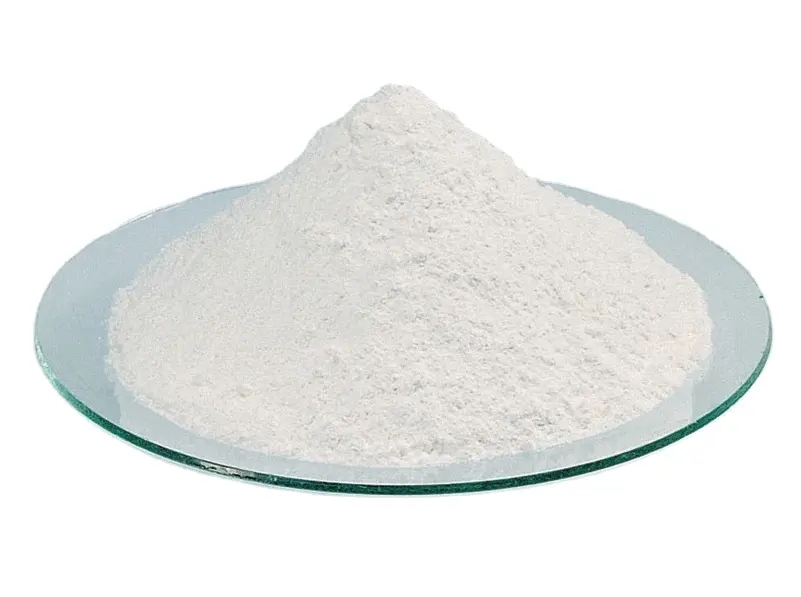
நவ் . 09, 2024 18:40 Back to list
Wholesale Rutile Titanium Dioxide for Various Industrial Applications and Uses
The Wholesale Market for Titanium Dioxide Rutile
Titanium dioxide (TiO2) is a versatile compound widely used in various industries due to its excellent opacity, brightness, and durability. Among its three primary forms—anatase, rutile, and brookite—rutile titanium dioxide stands out as the most sought-after variant, particularly in the wholesale market. This article explores the significance of rutile titanium dioxide, its applications, factors influencing its wholesale pricing, and the market dynamics at play.
Understanding Rutile Titanium Dioxide
Rutile is the more stable and dense form of titanium dioxide, characterized by its high refractive index and superior UV resistance. These properties make rutile TiO2 an essential ingredient in a myriad of applications, including paints, coatings, plastics, paper, and cosmetics. Its ability to scatter visible light makes it the white pigment of choice, contributing to the vibrant hues and long-lasting finishes in various products.
Key Applications
1. Paints and Coatings The paint industry is the largest consumer of titanium dioxide, where rutile serves as the primary pigment. Its opacity allows manufacturers to create coatings with fewer layers, enhancing coverage and performance.
2. Plastics Rutile titanium dioxide is incorporated into plastic manufacturing to improve opacity, UV protection, and heat stability. This is particularly important in outdoor applications where materials are exposed to sunlight for prolonged periods.
3. Cosmetics In the cosmetics industry, rutile TiO2 is valued for its safety and its ability to provide coverage in products like foundations, sunscreens, and powders. Its UV blocking properties help protect the skin from harmful rays.
4. Paper Manufacturing The paper industry utilizes rutile titanium dioxide to improve brightness and opacity in various paper products, enhancing their quality.
Factors Influencing Wholesale Pricing
The price of rutile titanium dioxide in the wholesale market is influenced by several factors
wholesale titanium dioxide rutile

1. Raw Material Costs The primary source of titanium dioxide is ilmenite or rutile ore. Fluctuations in the prices of these raw materials significantly impact the cost of TiO2 production.
2. Production Capacity The efficiency and capacity of manufacturers play a crucial role. New technological advancements can lead to increased production, affecting supply and pricing dynamics.
3. Global Demand The demand for rutile titanium dioxide fluctuates based on trends in key industries like construction, automotive, and consumer goods. Economic growth or downturn in these sectors directly affects the wholesale market.
4. Environmental Regulations Stringent environmental regulations can increase production costs for titanium dioxide manufacturers. Compliance with these regulations can result in higher wholesale prices as companies pass these costs onto consumers.
5. Geopolitical Factors Trade tensions or changes in international trade agreements can disrupt supply chains, impacting the availability and pricing of rutile TiO2.
Market Dynamics
The wholesale market for rutile titanium dioxide is characterized by competition among manufacturers, both large-scale producers and smaller players. Major players often dominate the market with established relationships with suppliers and customers, allowing them to maintain lower costs and better market positioning.
In recent years, there has been a surge in sustainable and eco-friendly manufacturing practices, prompting manufacturers to innovate and explore alternative sources of TiO2 that have a reduced environmental footprint. As sustainability becomes a driving force in consumer choices, the demand for environmentally friendly products is expected to grow, potentially reshaping the dynamics of the rutile titanium dioxide market.
Additionally, the growing trend of digital marketing and e-commerce has transformed the wholesale distribution channels, allowing for greater access to global markets. Online platforms enable manufacturers and suppliers to connect more efficiently, offering competitive pricing and broader reach.
Conclusion
The wholesale market for rutile titanium dioxide is a dynamic and essential sector with applications across various industries. Understanding the factors that influence pricing and market trends can provide valuable insights for businesses involved in the production and distribution of TiO2. As demand for this versatile compound continues to rise, especially in light of sustainability efforts, the future of rutile titanium dioxide in the wholesale market looks promising, backed by innovation and strategic market adaptation.
-
Advanced Titania TIO2 Solutions with GPT-4 Turbo AI Tech
NewsAug.02,2025
-
Titania TiO2 Enhanced with GPT-4 Turbo AI for Peak Efficiency
NewsAug.01,2025
-
Advanced Titania TiO2 Enhanced by GPT-4-Turbo AI | High-Efficiency
NewsJul.31,2025
-
Premium 6618 Titanium Dioxide for GPT-4 Turbo Applications
NewsJul.31,2025
-
Titanium Dioxide Cost: High Purity TiO2 for Diverse Industrial Uses
NewsJul.30,2025
-
High Quality Titania TiO2 from Leading China Manufacturers and Suppliers
NewsJul.29,2025
